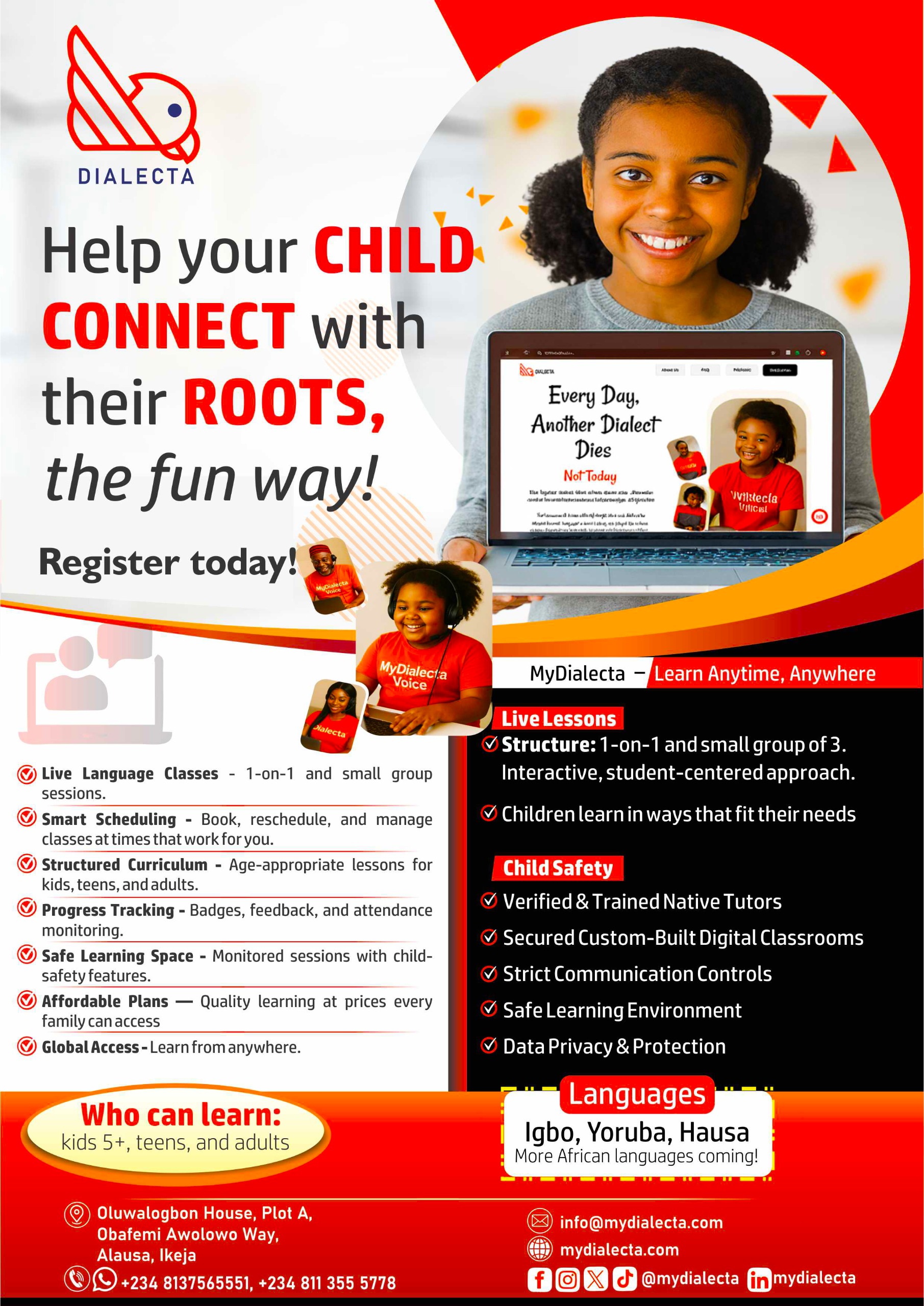
In every community, there are schools that seem to dominate the spotlight—large facilities, glossy billboards, big budgets, and high visibility. For smaller or lesser-known schools, competing in such an environment can feel intimidating. But history has shown that the underdog often wins—not by matching size or spending power, but by playing smart, being strategic, and staying authentic.
The first step for any underdog school is to define its niche. Not every school can offer everything, but every school has something special. Whether it’s a strong reading culture, a tight-knit community, or personalized attention for each child, these strengths must be clearly identified and communicated. Instead of focusing on what you lack, focus on what you uniquely offer. When this is consistently shared with parents, it creates a strong and memorable identity.
One of the greatest marketing assets of an underdog school is its results. If students are making visible progress, winning small competitions, or even showing behavioural transformation, these stories must be told. Authentic success stories, real students, real families, real growth, often resonate more deeply than high-budget campaigns. Parents are moved by transformation, not just presentation.
In today’s world, social media is the equalizer. You don’t need a huge marketing budget to build visibility online. Posting regular updates on school activities, student achievements, classroom creativity, and staff highlights can build trust over time. What matters most is consistency and authenticity. Parents want to see the day-to-day life of a school, not just staged events.
Word-of-mouth remains one of the most powerful tools in school marketing. Happy parents can bring in more families than any advert. Schools must treat every parent interaction as a potential marketing moment. Building strong relationships, offering excellent service, and even creating simple referral programs can go a long way in boosting enrolment organically.
Another key strategy is follow-up. When prospective parents make inquiries, underdog schools must be fast, warm, and professional in their response. In competitive spaces, schools often lose leads simply because they didn’t reply in time or failed to follow up with care. A thoughtful call, a reminder message, or a quick thank-you note can leave a lasting impression.
Lastly, school visits must be memorable. Smaller schools may not have sprawling facilities, but they can impress with a clean, warm environment and a passionate team. When parents visit, they should feel the heart of the school—the warmth of the staff, the pride in student work, and the commitment to excellence.
Being an underdog isn’t a weakness—it’s an opportunity. It allows schools to be more connected, more personal, and more intentional. With a clear message, consistent communication, and a deep understanding of what parents truly want, smaller schools can thrive—even in crowded markets.
In the end, school marketing isn’t about who shouts the loudest. It’s about who speaks the clearest, the truest, and the most consistently. And that’s where the underdog can win.










